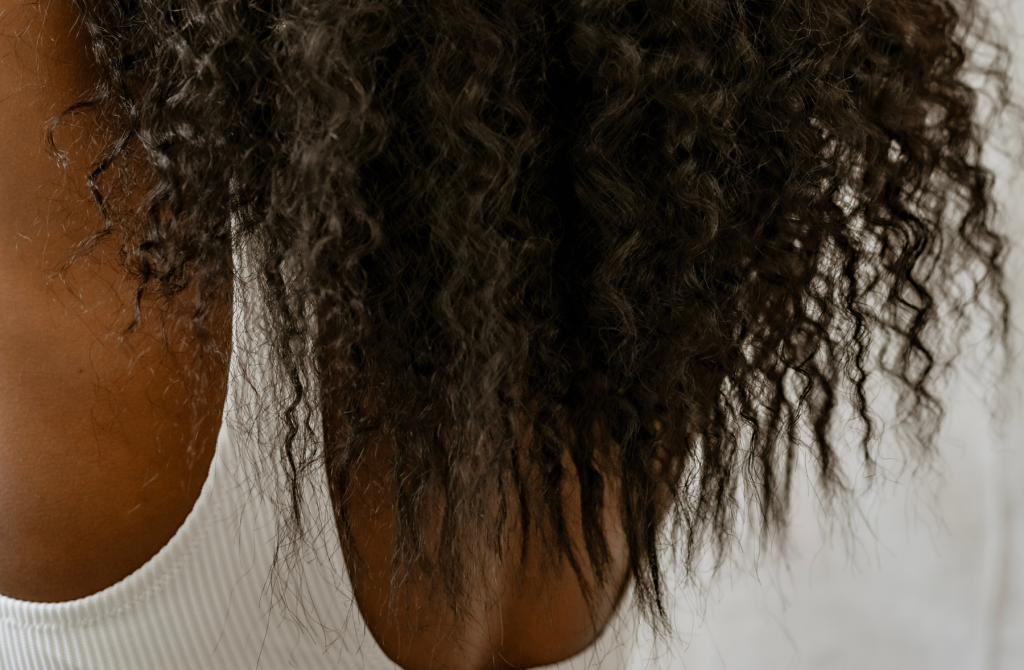Waking up to hair on your pillow or spotting a thinning patch in the mirror? That can hit hard. Hair loss isn’t just about how you look - it can mess with your confidence too.
But there’s hope. A treatment called hair mesotherapy is gaining popularity for a reason - it gets right to the root of the problem. Literally.
While most shampoos and serums sit on the surface, mesotherapy injects nutrients straight into your scalp, feeding your follicles exactly where they need it most. Think of it like watering a plant at the roots instead of just misting the leaves.
Tried all the oils, growth serums, or scalp massagers without results? This might be the game changer you’re looking for.
What is hair mesotherapy?
Despite the fancy name, it’s a simple treatment. Hair mesotherapy started in France in the 1950s, and today it’s used worldwide to promote hair growth. It involves tiny injections filled with vitamins and other good stuff going straight into your scalp.
A typical formula might include:
- vitamin B7 (biotin) and vitamin E
- minerals like zinc and magnesium
- amino acids (your hair’s building blocks)
- natural plant extracts
- hyaluronic acid for hydration
The result? Better blood flow to your scalp, reduced inflammation, and reactivated hair growth.
Why is it getting so popular?
- direct delivery – nutrients go exactly where they’re needed
- non-surgical – no knives, no downtime
- custom formulas – designed for your hair needs
- quick appointments – sessions take 20–30 minutes max
Whether your hair loss is down to stress, hormones, genetics or nutrition, mesotherapy might help slow shedding and boost new growth.
Is it right for you?
Mesotherapy can be a great option, but it’s not for everyone. Here’s how to tell:
You might benefit if:
- you're seeing mild to moderate hair thinning
- you’ve lost hair after pregnancy or menopause
- stress or diet changes have triggered shedding
- you’ve noticed early signs of male or female pattern baldness
It’s not ideal if:
- you have severe allergies or ultra-sensitive skin
- you’re pregnant or breastfeeding
- you have active scalp conditions like psoriasis
And remember: it won’t work miracles on bald patches that have been there for years. It’s most effective early on.
What happens during a session?
Step 1: consultation
Your specialist will assess your scalp and customise the nutrient blend based on your hair goals.
Step 2: the treatment
- your scalp is cleansed
- micro-needles inject the formula just under the skin
- the session takes 20–30 minutes
Step 3: aftercare
- slight redness or discomfort is normal and fades quickly
- avoid washing your hair for 24 hours
- for best results, you’ll likely need 4–8 sessions every couple of weeks
Does it hurt? Most people describe it as small pinpricks or mild pressure. Some clinics use numbing gel to make it more comfortable.
Mesotherapy vs other treatments
Mesotherapy vs PRP
- PRP (platelet-rich plasma) uses your own blood to trigger regrowth
- mesotherapy delivers vitamins and nutrients
- both can be used together for stronger results
Mesotherapy vs hair transplant
- transplants are surgical, expensive, and usually for more advanced hair loss
- mesotherapy is gentle, more affordable, and better suited for early stages
Cost in the UK: £100–£300 per session, compared to thousands for hair transplants.
How to get the most from mesotherapy
Before your session:
- drink water to help circulation
- skip alcohol or smoking 1–2 days before
After your session:
- avoid washing your hair for 24 hours
- skip swimming and saunas for 48 hours
Long-term habits:
- eat a diet rich in protein, iron and vitamins
- keep stress low with sleep, yoga or whatever helps you chill
These small tweaks can make a big difference to your results.
Final thoughts
Hair mesotherapy treats the root of the problem - your scalp health. If you’re frustrated by hair loss and nothing else has worked, this could be your next step. It’s not a miracle fix, but it may slow shedding and boost regrowth.
Just make sure you’re working with a qualified specialist and that your expectations are realistic.
Want healthy hair? Start at the scalp.




